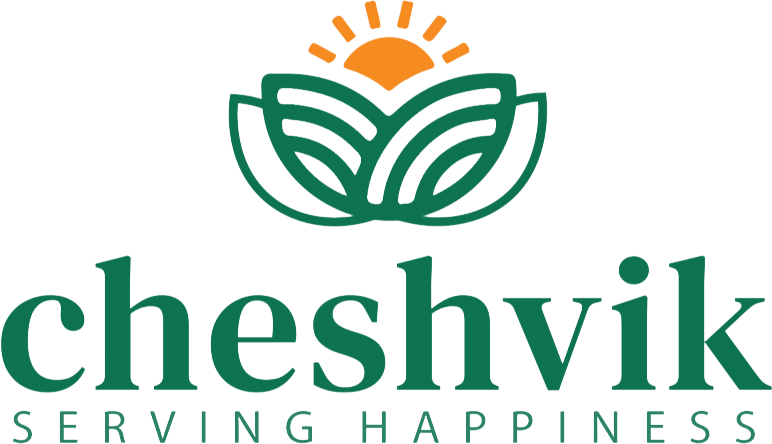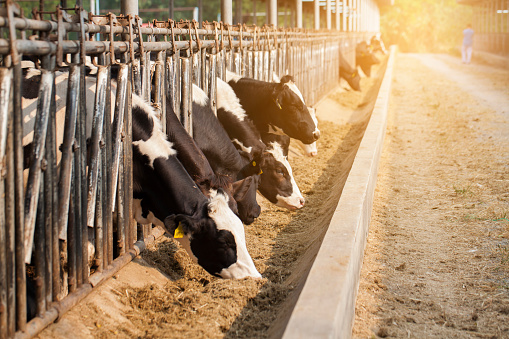Feed formulation is critical in the dairy production chain from an economic, nutritional, and environmental standpoint. Given the volatility of input costs, input availability, and regional climatic circumstances, optimizing feed formulation across those three domains is challenging for those in the sector.
Feeding the cattle is not just putting some hay in front of them. In reality, there is much known about cattle feed. When you think of cattle feed, many things that should be considered are what feed is available, what and how much your cattle should be fed, and whether that feed improves the cattle’s health and productivity.
Grain Supplements
Grain can help cattle gain weight by allowing them to grow quickly. Many farmers feed grains to growing cattle to save money and have livestock ready sooner. Grain supplements are also a useful option for cattle that don’t have access to high-quality hay or grazing pastures during the winter.
However, cattle should not become overly reliant on supplements, which will deter them from grazing in more nutritionally diverse pastures.
Hay
Hay can supply all of the essential nutrients for cattle, but it must be harvested at the peak of its nutritional value before it gets too dry. Hay must be thoroughly cured and stored to avoid decay and damage to be a good fodder source for cattle.
Many different types of hay are nutritious. Alfalfa hay, for example, contains more calcium and phosphorus than grass hay, yet grass hay might have a lot of protein. Rather than relying solely on alfalfa hay, most experts recommend combining it with grass hay. Alfalfa hay is frequently advised for dairy cattle, but it may not be suitable for beef cattle due to the risk of bloat. Legume hay can also be a good source of protein.
The Takeaway
Beef cow feeding is a combination of science and art. Cattle farmers have their ideas about what constitutes appropriate feed for beef cattle, and it seems like new research is published every few years or so promoting a certain feeding strategy.

